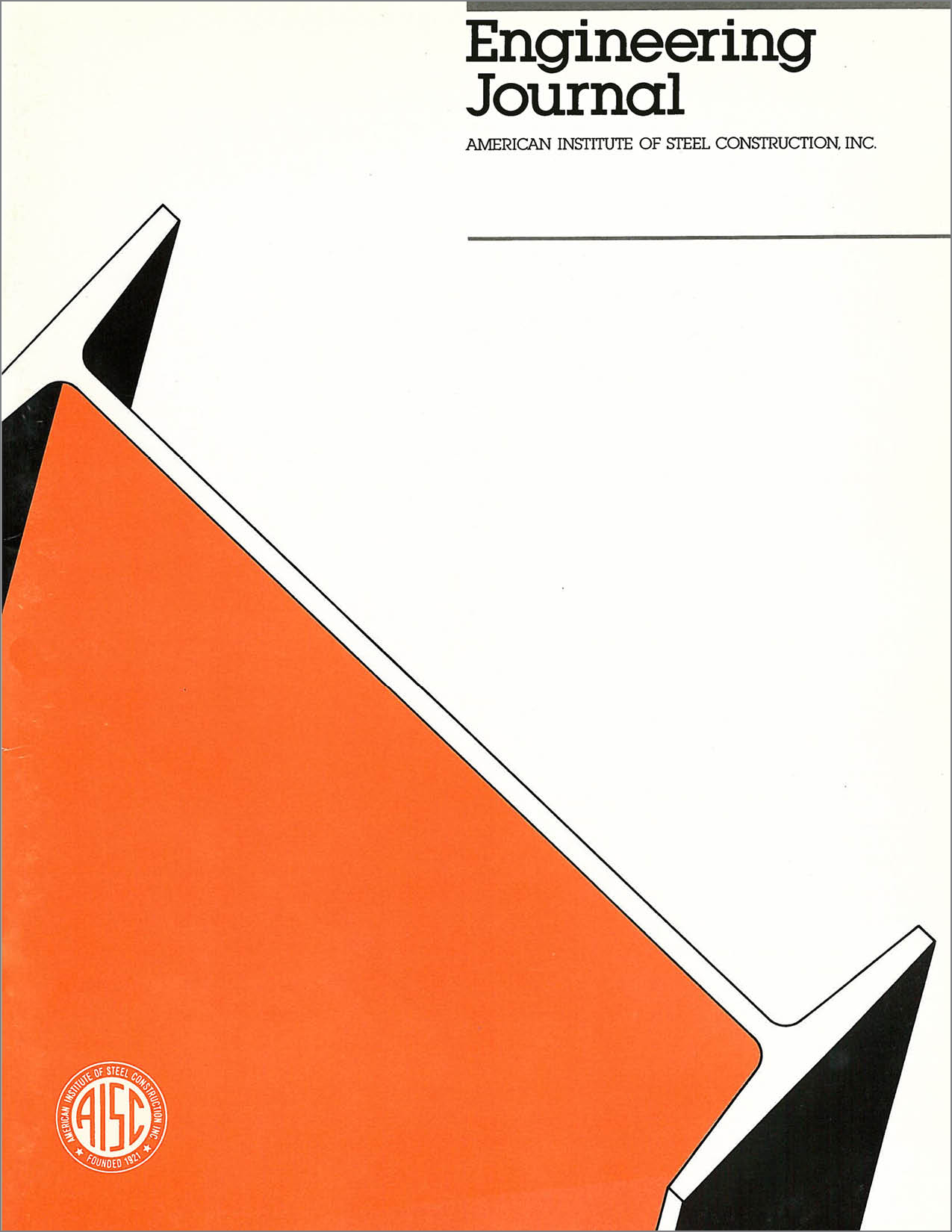Design of Diagonal Cross Bracings: Part 1 Theoretical Study
DOI:
https://doi.org/10.62913/engj.v24i3.489Abstract
Diagonal bracing is commonly used in steel structures to resist horizontal loads. In current practice, the design of this type of bracing system is based on the assumption the compression diagonal has negligible capacity and the tension diagonal resists the total load. If the diagonals are connected at their intersection point (usual practice), this design procedure is conservative because the effect of this connection on the out-of-plane buckling capacity of the compression diagonal is ignored. The restraint provided to the compression diagonal by the loaded tension diagonal is generally sufficient to consider that the effective length of the compression diagonal is 0.50 times the diagonal length (KL = 0.5L) for out-of-plane buckling as for in-plane buckling. Analytical and experimental results have also shown the ultimate horizontal load on the bracing system is much higher than the horizontal component of the yielding strength of the tension member, because of load sharing between the diagonals. The assumption that the compression diagonal has negligible capacity usually results in overdesign. This paper presents the results of a theoretical study aimed at the determination of the transverse stiffness offered by the tension diagonal in cross-bracing systems and at the evaluation of the effect of this stiffness on the out-of-plane buckling resistance of the compression diagonal. The theory is supported by seven transverse stiffness tests and 15 buckling tests. The test results are reported in the second part of the paper.

